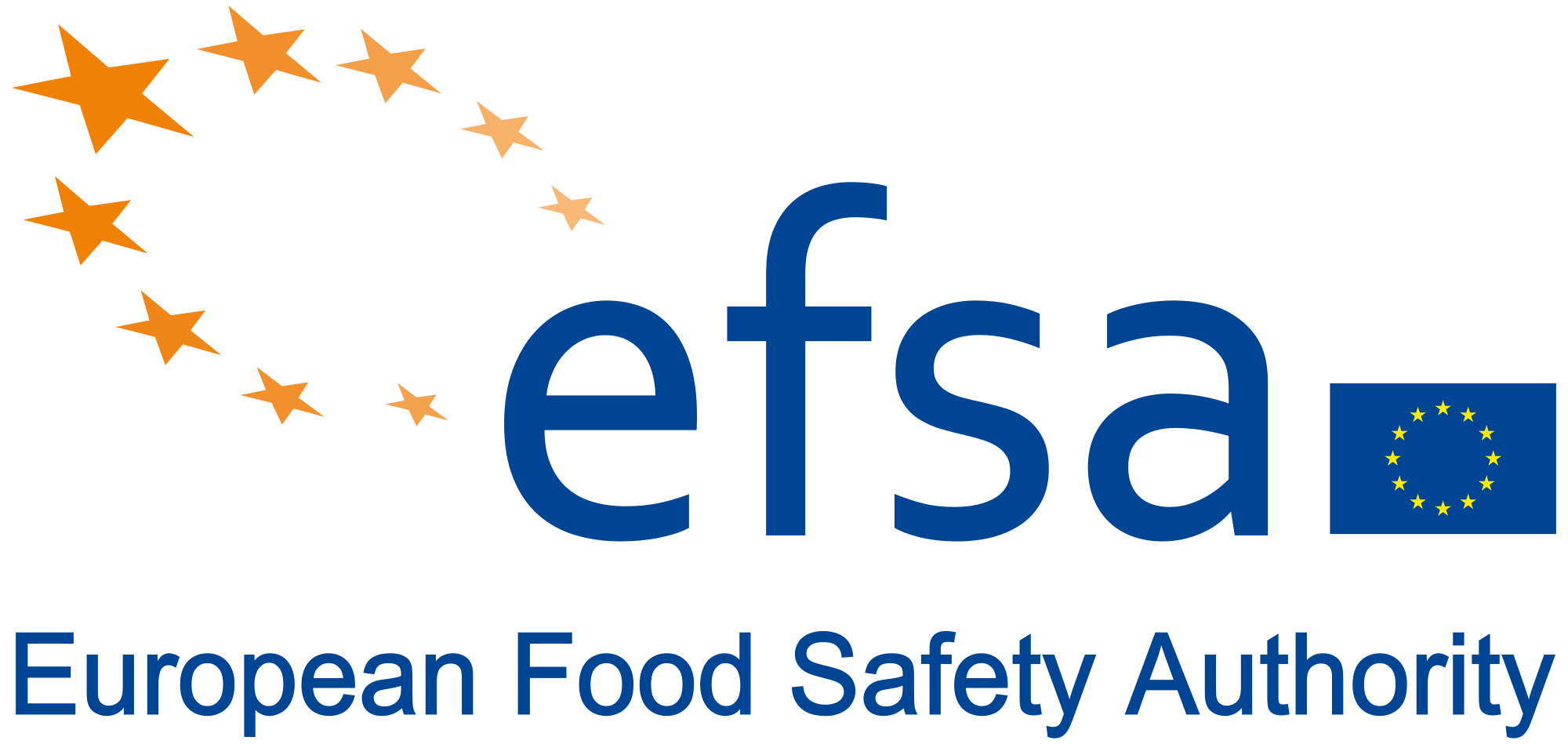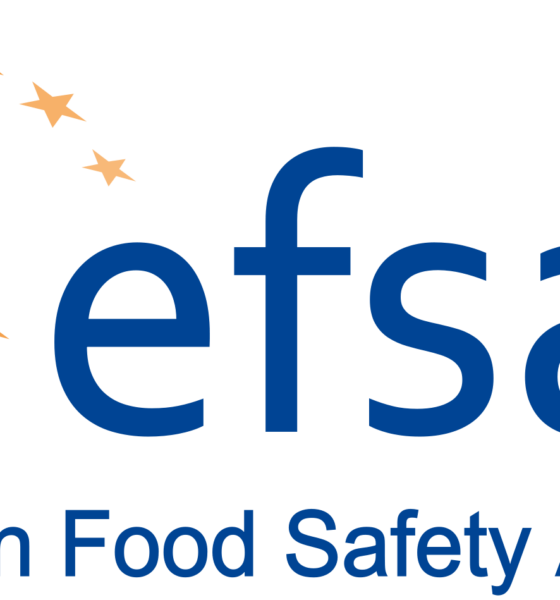

Energy
Environmental Risk: Harmonising Assessment, Protecting Biodiversity
EFSA has published two Scientific Opinions on environmental risk assessment (ERA), with a third to follow shortly. Reinhilde Schoonjans explains the issues at the heart of this major project.
How is ERA relevant to EFSA’s work?
Environmental risk assessment is central to much of what we do. EFSA performs ERA as part of its evaluations of “regulated products” – pesticides, genetically modified organisms, and additives in food and animal feed – and of invasive alien species that are harmful to plant health. So as well as assessing the potential risks to human health from such products, we also look at the harm they may cause to the environment.
Why have you produced these opinions?
It has become apparent in recent years that because of the different requirements laid down in legislative frameworks, we have developed a variety of approaches to ERA. The aim of the current documents is to harmonise the way we approach ERA at EFSA. We identified three areas in particular where we could – and should – establish common approaches: the specification of biodiversity-related protection goals at the start of the assessment; coverage of endangered species; and the potential for ecological recovery following damage.
So the new documents propose a more consistent approach to performing ERA?
“The decline of biodiversity is a concern for us all that needs to be addressed urgently.”
Yes. When implemented by EFSA’s panels of scientific experts, these documents will help to harmonise assessment of potential “stressors” – such as feed additives, invasive species or pesticides – before they are allowed on to the market or spread into our environment. Many of the principles described are also applicable to stressors that are assessed outside EFSA, such as biocides.
The three documents help to clarify what a risk assessor needs to focus on. For society, these documents allow a transparent overview of how EFSA conducts its work and which criteria underlie the steps and choices made in ERA.
What are protection goals and why are they important?
Protection goals are included in legislative frameworks with one purpose: to protect humans, animals and the environment from harm. One example of a protection goal is biodiversity. This is a very broad term that people use all the time. But for risk assessors it is too broad. It has to be interpreted and defined before it can be used in ERA. We have to know exactly which aspects of biodiversity we want focus on.
To put it another way, a policy protection goal has to be translated into an operational or specific protection goal for the ERA of regulated products. One way to do this is to identify first the “ecosystem service” that can be affected by the stressor under assessment. Ecosystem services deliver support to human societies through ecological functions and processes – examples include food provision, water purification, pollination and cultural benefits. As a second step in the translation of broad protection goals, the risk assessor identifies the “service providing unit”, which is most frequently a population of a given key species. One example of a service-providing unit is the honeybee, which provides the service of pollination.
Is the document on specific protection goals a guidance document?
Yes, it is intended to give practical help to risk assessors and other relevant bodies. The aim is to describe in detail all the steps needed to turn policy protection goals into operational protection goals. It extends the way we currently work on pesticides to a wider range of potential stressors assessed by EFSA, such as additives in feed. The aim is to embed this guidance in future guidance documents of EFSA’s expert panels and to apply it in problem formulation at the start of ERA.
Why look particularly at endangered species?
The decline of biodiversity is a concern for us all that needs to be addressed urgently. This Scientific Opinion explores to what extent endangered species are covered in the current ERA schemes. It also reviews the characteristics that determine vulnerability and whether endangered species can be affected more than non-endangered species by potential stressors.
Where does the concept of recovery fit in?
When regulated products are used, it is sometimes inevitable that there will be effects at different ecological levels – individual, population, community. This is because risk managers make trade-off decisions – for example, to ensure food security. These trade-off decisions, however, should be supported by explicit information on how the affected ecological entities recover – where and over what time span. Also, invasive alien species may impact upon the ecosystems they invade; in these cases it is essential to have knowledge of the rate and degree to which affected ecosystems recover in order to take appropriate measures against the invaders. This Scientific Opinion describes what information is needed to estimate when the affected ecological entity is likely to return to its normal function and the ecosystem services it provides be restored.
What happens next?
The three documents will improve our understanding of the complexity of the European environment potentially impacted by stressors that fall under the remit of EFSA. The documents will enable us to better address the direct and indirect effects that stressors can have on entities providing ecosystem services and on biodiversity. Risk assessors and risk managers will now discuss how to make best use of these common frameworks.






























